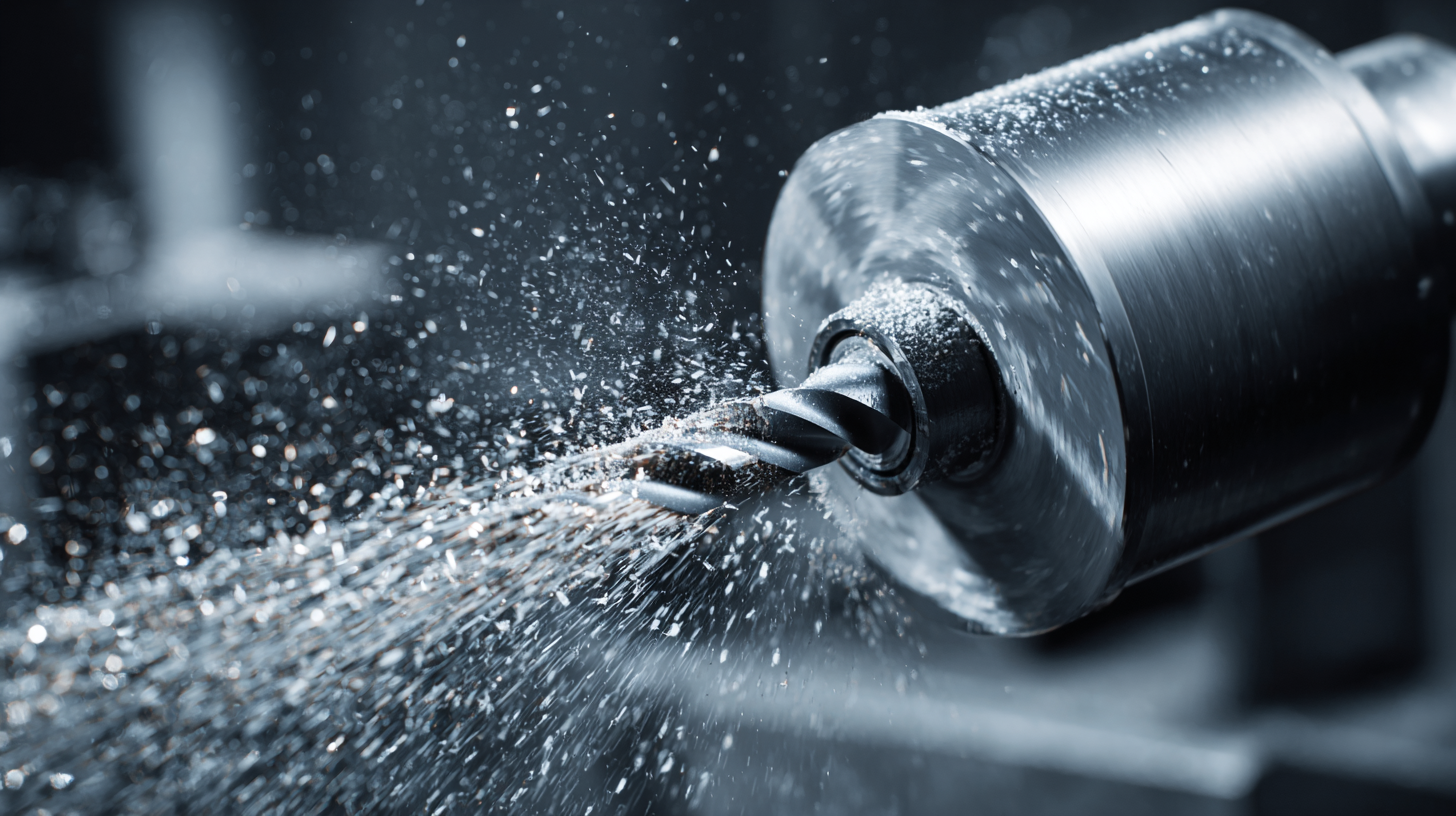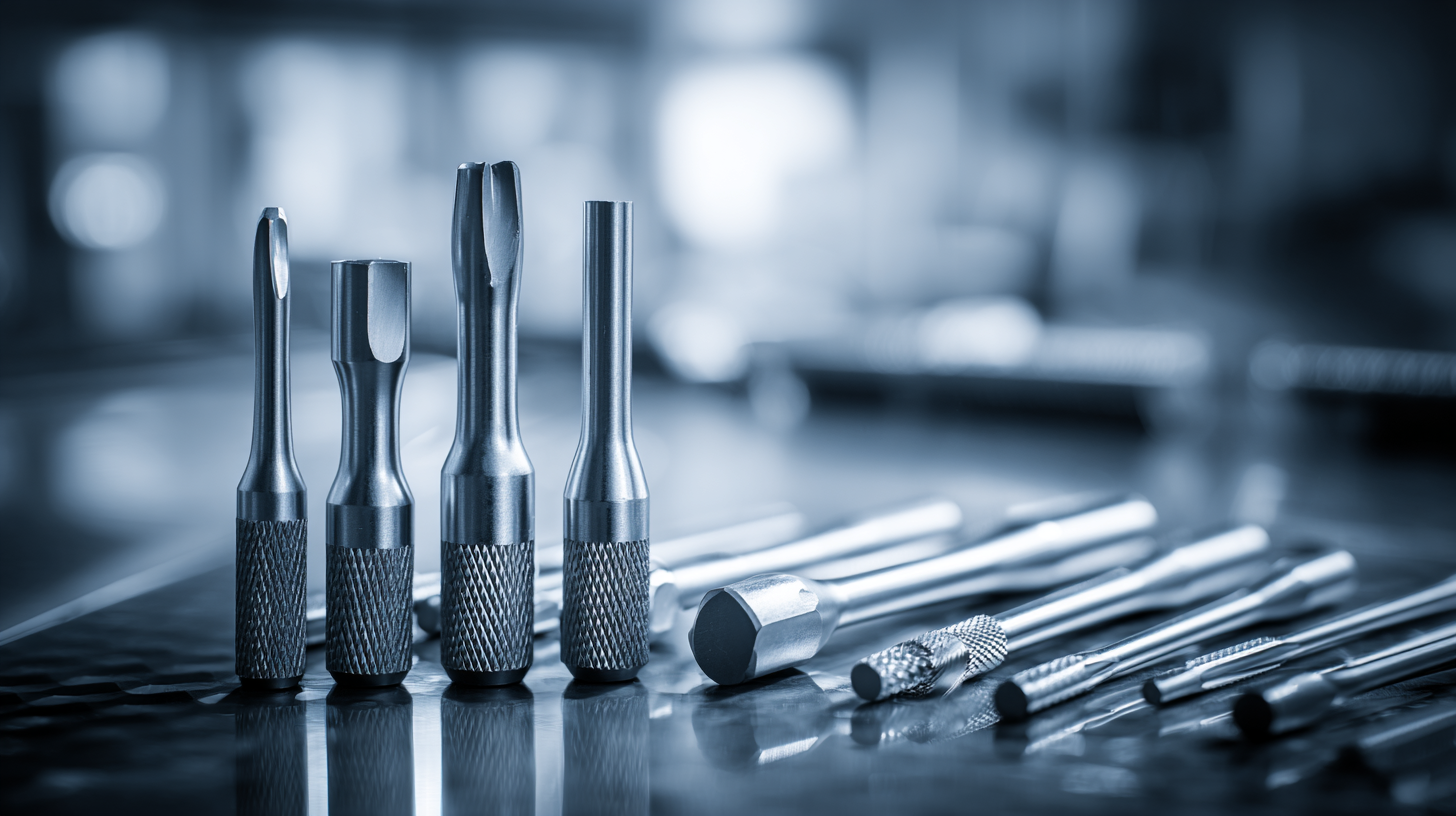Office USA: 706-658-1122 | Tech Support: 706-362-4813
Office Bulgaria: +359 431 64477
Understanding Global Production Standards for Best Grinding Tools and How to Choose the Right Option
In today's rapidly evolving manufacturing landscape, the importance of high-quality grinding tools cannot be overstated. According to a report from MarketsandMarkets, the global grinding tools market is projected to reach USD 8.5 billion by 2025, growing at a CAGR of 4.7% from 2020. This growth is largely driven by the increasing demand for precision machining and the rising automotive and aerospace industries requiring efficient and durable grinding solutions. Selecting the right manufacturer for grinding tools is crucial, as it directly affects product quality and operational efficiency. Understanding global production standards is essential for ensuring that these tools meet high-performance requirements and adhere to safety regulations. This blog will delve into how to choose the best manufacturers in the grinding tools industry and explore key factors that influence decision-making, empowering you to make informed choices for your business's needs.

Key Factors in Global Production Standards for Grinding Tools
When considering the production standards for grinding tools globally, several key factors come into play. First and foremost, the materials used in the manufacturing process significantly impact the quality and durability of the tools. High-grade alloys and composites not only enhance performance but also influence the tool’s resistance to wear and tear, thereby increasing its lifespan. Additionally, the precision of manufacturing processes, such as CNC machining and advanced surface treatments, ensures that grinding tools maintain their effectiveness over time.
Another critical aspect is adherence to international safety and performance standards, which varies by region. Understanding these regulations is essential for both manufacturers and consumers. By ensuring compliance with standards set by organizations such as ISO and ANSI, companies can guarantee that their products meet the necessary safety and performance criteria. Moreover, recognizing the latest technological advancements in grinding tool production can further inform choices. Modern innovations, including diamond and CBN abrasives, offer enhanced grinding efficiency and effectiveness, making it vital to evaluate options based on the specific needs of the task at hand while keeping global standards in mind.

Evaluating the Quality of Grinding Tools: Essential Criteria
When evaluating the quality of grinding tools, there are several essential criteria to consider. First and foremost is the material composition of the grinding tool. High-quality tools are typically made from hardened steel or advanced ceramic composites, offering durability and resilience against wear and tear. Additionally, the grain size of the abrasives plays a crucial role; finer grains provide smoother finishes, while coarser grains are effective for more aggressive material removal.
Another critical factor is the tool's consistency and uniformity in shape. Well-manufactured grinding tools ensure even cutting action and help minimize the risk of damage to the workpiece. Furthermore, reviewing the manufacturer's reputation can provide insights into the reliability and performance of the tools. Companies that adhere to international production standards often deliver higher quality products, giving users added confidence in their grinding equipment. Finally, always consider user feedback and product reviews to inform your decision-making process, as real-world experiences can highlight the practical advantages or drawbacks of specific grinding tools.

The Importance of Material Selection in Grinding Tool Manufacturing
The selection of materials is critical in the manufacturing of grinding tools, as it directly influences performance, durability, and the quality of the final output. Manufacturers must carefully consider the properties of different materials, such as hardness, wear resistance, and thermal stability. For instance, diamond and cubic boron nitride (CBN) are preferred for their exceptional hardness and longevity, making them ideal for precision grinding tasks. Conversely, tools made from softer materials may be suitable for specific applications where less aggression is required and greater surface finish is needed.
Moreover, the choice of material can also affect the grinding tool's compatibility with various substrates. For example, metal-bonded diamond tools are ideal for machining hard ceramics, while resin-bonded tools may be better suited for softer materials. Understanding these material properties not only aids in selecting the right grinding tool but also ensures that manufacturers can achieve the optimum balance between performance and cost-efficiency. As the global market for grinding tools continues to evolve, staying informed about advancements in material science will be essential for making informed decisions that meet industry standards and customer expectations.
Recognizing Red Flags: Identifying Unreliable Manufacturers
In the realm of global production standards, recognizing red flags is crucial when assessing manufacturers of grinding tools. A recent analysis highlighted that financial statement fraud occurs when companies manipulate their figures to present a distorted image of profitability. This deception can indicate deeper issues, particularly in manufacturers who might compromise on quality to cover financial discrepancies. Auditors and industry stakeholders can utilize comparative analyses, such as matching search volume against reported revenue, to unearth potential irregularities and forecast the necessity for restatements.
When choosing a manufacturer, it's vital to remain vigilant for signs of unreliable practices. Common red flags include inconsistent financial reporting, lack of transparency, and inadequate quality control measures. As advised by compliance experts, companies should be trained to recognize scenarios that may signal potential law violations, especially those involved in international operations. For instance, manufacturers failing to meet established production standards or lacking certifications often reveal underlying quality issues that could jeopardize the integrity of the tools being produced. By meticulously evaluating these aspects, stakeholders can make informed decisions that favor reliable and reputable grinding tool manufacturers.
Understanding Global Production Standards for Best Grinding Tools
This bar chart illustrates the percentage of manufacturers meeting various production standards in the grinding tools industry worldwide. The data highlights reliable manufacturers against the backdrop of industry standards.
Comparative Analysis of Leading Grinding Tool Manufacturers Globally
In the realm of grinding tools, understanding the competitive landscape among leading manufacturers is essential for making informed choices. By examining top brands and their product offerings, users can identify which tools best meet their specific needs. Many manufacturers are embracing innovative technologies and sustainable practices to enhance their product efficiency and environmental impact. For instance, advancements in Industry 4.0 techniques can significantly improve production processes, but the transition to Industry 5.0, emphasizing human-centric design, offers a promising future for tool manufacturing.
When selecting the right grinding tool, consider the specific applications and materials you'll be working with. Different types of grinders, like milling or drilling machines, excel in varying tasks. It's also worthwhile to review industry trends, as emerging materials and manufacturing techniques could influence the performance and longevity of your tools. Lastly, prioritizing manufacturers that focus on sustainability can lead to both enhanced operational efficiency and a positive contribution to environmental goals.
Tips: Always compare warranty offers and customer service support between brands; this can greatly influence your long-term satisfaction. Additionally, stay updated on market analyses for insights into emerging technologies that may soon enhance tool capabilities. Exploring user reviews and industry-specific forums can provide real-world feedback that may sway your purchasing decision.
